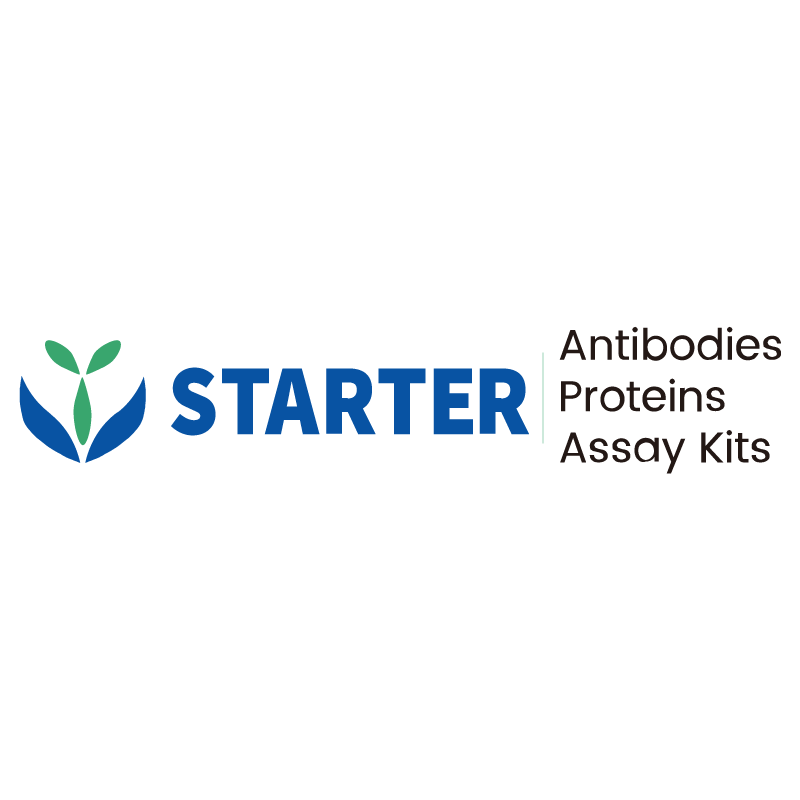Flow cytometric analysis of human peripheral blood labelling Human CD15 antibody at 1/5000 (0.1 μg) dilution/ (Right panel) compared with a Mouse IgG Isotype Control / (Left panel). Goat Anti-Mouse IgG Alexa Fluor® 488 was used as the secondary antibody. Then cells were stained with CD11b - Brilliant Violet 421™ antibody separately.
Product Details
Product Details
Product Specification
| Host | Mouse |
| Antigen | CD15 |
| Synonyms | Sialyl LewisX (sLeX); SSEA1 |
| Location | Cell membrane |
| Accession | P22083 |
| Clone Number | S-R463 |
| Antibody Type | Mouse mAb |
| Isotype | IgM |
| Application | FCM |
| Reactivity | Hu |
| Purification | Protein G |
| Concentration | 2 mg/ml |
| Conjugation | Unconjugated |
| Physical Appearance | Liquid |
| Storage Buffer | PBS pH7.4 |
| Stability & Storage | 12 months from date of receipt / reconstitution, 2 to 8 °C as supplied. |
Dilution
| application | dilution | species |
| FCM | 1:5000 | Hu |
Background
CD15, also known as the Lewis X antigen or SSEA-1, is a fucosyl moiety (3-fucosyl-N-acetyl-lactosamine) that is a posttranslational modification of some surface proteins, particularly those on various cancer cells including renal, prostate, bladder, acute leukemias, hepatocellular carcinoma, breast cancer, and melanoma. It plays a significant role in cell adhesion, migration, chemotaxis, immune recognition, and phagocytosis. CD15 is involved in the interaction with E-, L-, and P-selectins, which allows cancer cells to adhere to endothelial cells and potentially metastasize. It is also an important marker for neoplastic Reed Sternberg cells, useful for the diagnosis of Hodgkin’s lymphoma. Furthermore, CD15 is expressed on immature cells, including a range of central nervous system progenitors, and is critical in fetal development of the central nervous system. In the context of immune responses, CD15 is a myeloid antigen found in myeloid and monocytic lineages and is involved in neutrophil functions such as cell-cell interactions and adhesion to endothelial cells. The molecule mediates neutrophil adhesion to dendritic cells and serves as a marker of granulocytes. The expression of CD15 can also be used as a prognostic marker for patients and has potential as a therapeutic target in monoclonal antibody-based therapies for cancer.
Picture
Picture
FC


